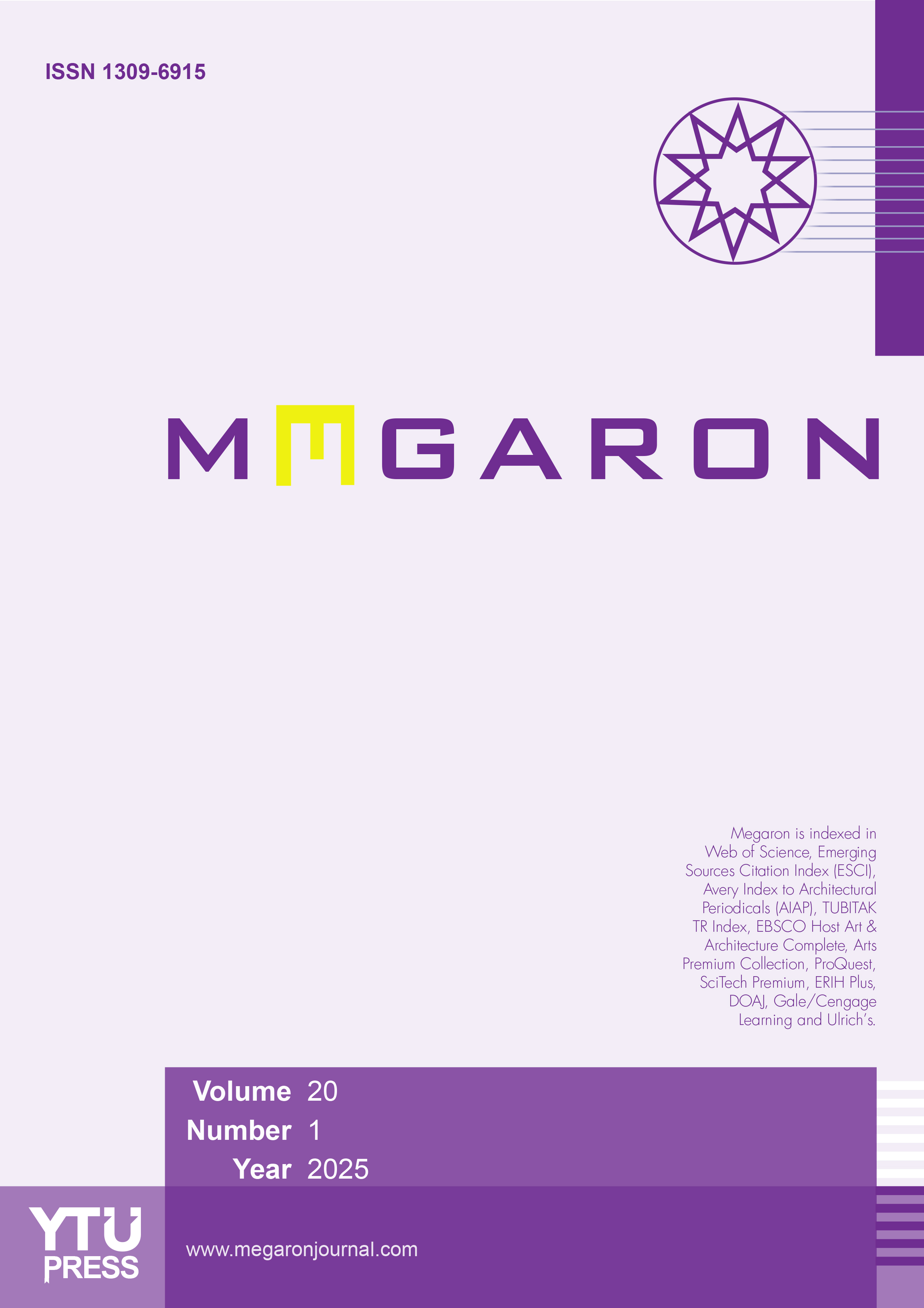Evaluation of thermal performance of an elementary school building with the experimental method: Double-skin façade system
Özlem Zeybek, Gülten Manioğlu, Gül Koçlar OralDepartment of Architecture, İstanbul Tecnical University Faculty of Architecture, İstanbul, TürkiyeA double-skin façade is one of the generally preferred energy-efficient design strategies to reduce energy consumption in buildings. In this study, one of the two similar, south-oriented classrooms in a one-story elementary school building in Ereğli, Konya, Türkiye, was turned into a Test Classroom by installing double-skin façade and the other classroom was designated as the Basic Classroom, and hourly ambient temperatures were measured in both classrooms. Hourly ambient temperature values were measured in the Test Classroom and Basic Classroom on 6 consecutive days between January 26 and January 31 during the heating period. The working principle of double-skin façade systems is based on heating the adjacent space by transferring warmed air from the cavity to the adjacent space in the heating period, cooling the adjacent space by transferring warmed air from cavity to outside environment in the cooling period using the openings such as windows and vents on the façade of cavity and glass façade. Openings (windows and vents) in the Test Classroom and glass façade were kept open or closed for periods of 24 h depending on whether it was the heating period to create different experiment set-ups. Ambient temperatures that were obtained with the measurements done in different experiment set-ups with different conditions were analyzed and values of the Test Classroom and Basic Classroom were compared. According to the measurements, 0.3°C and 3.0°C higher temperatures were recorded in the Test Classroom compared to the Basic Classroom between January 26 and January 31 (heating period).
Keywords: Double-skin façade, education buildings, energy efficient building design, passive solar systems, thermal performance.Manuscript Language: English








